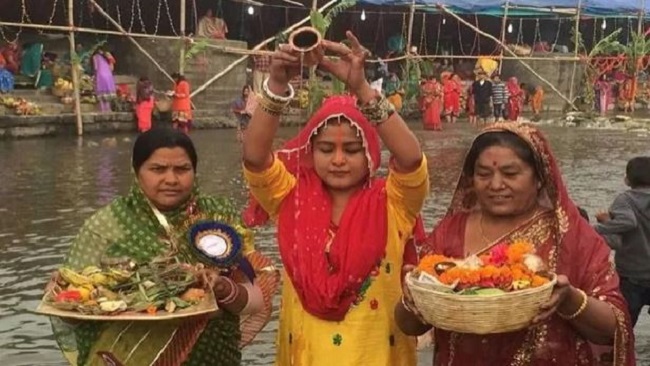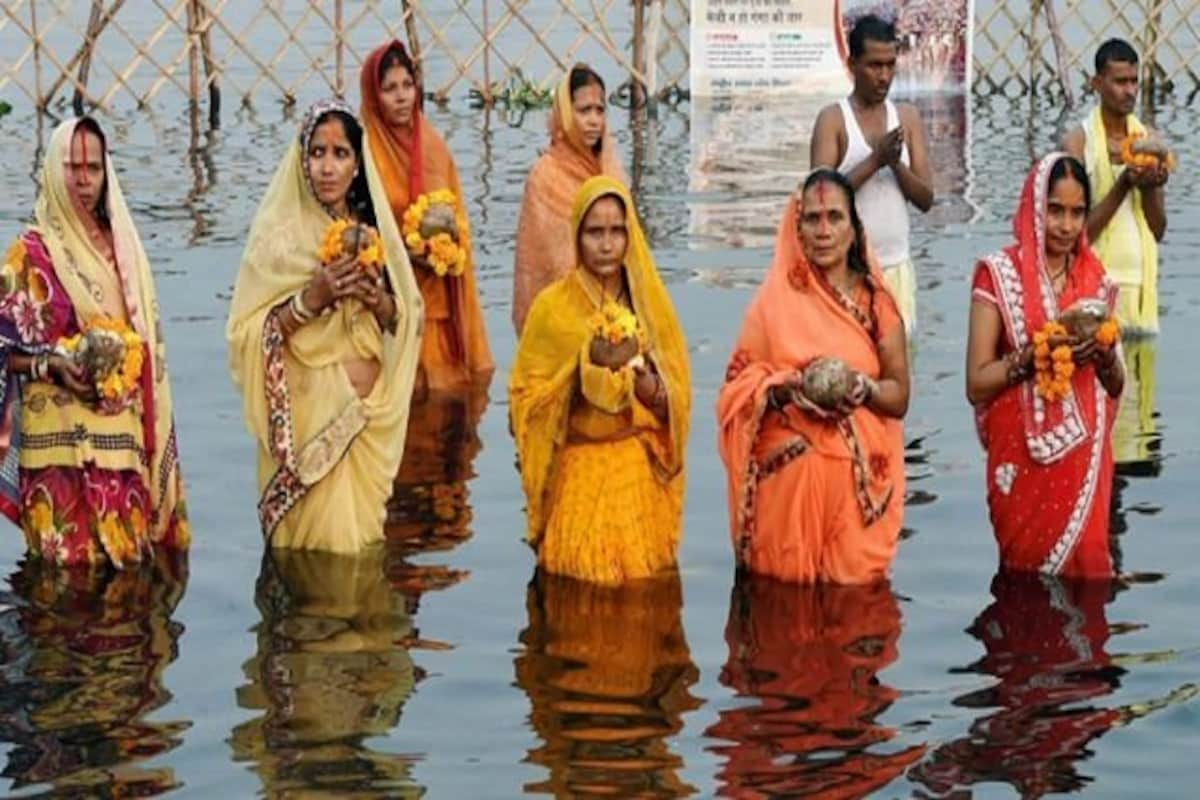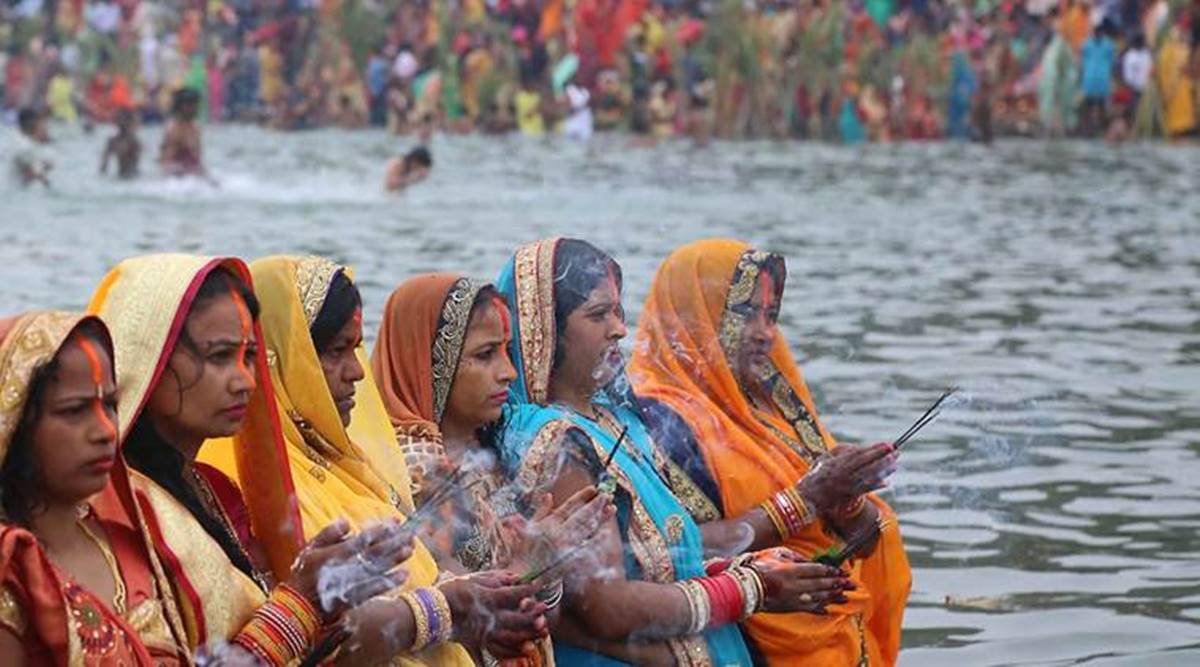Chhath Puja 2022: History, Significance, Rituals
The four-day-long festival is dedicated to the deity Surya and Shashthi Devi. Read on for details:

New Delhi: Soon after Diwali, people especially 'poorvanchalis' start preparing for the Chhath Puja.
This ancient Hindu Vedic festival is mainly celebrated in Bihar, Jharkhand and Eastern Uttar Pradesh in India and Nepal.
Also referred to as Surya Shashti, Chhath, Mahaparv, Chhath Parv, Dala Puja, Pratihar and Dala Chhath, the four-day-long festival is dedicated to the deity Surya and Shashthi Devi. As part of the ritual, women fast for the well-being of their sons and the happiness of their families. They also offer Arghya to Lord Surya and Chhathi Maiya.

Chhath Puja 2022
The four-day festival starts on 28 October Friday, with the main day and the last day of the puja, being celebrated on 31 October Monday.
On each day, people observe the Chhath and follow rigorous rituals. As per Drik Panchang, sunrise on Chhath Puja will be at 06:43 am, and sunset will happen at 06:03 pm. The Shashthi tithi begins at 05:49 am on October 30 and ends at 03:27 am on October 31.
Chhath Puja History and significance
Chhath is performed to seek blessings from the Sun God for a healthy, happy, and prosperous life. It is believed that sunlight has cure for various diseases and conditions. It has a healing effect that can benefit ill people.
Taking a dip in the holy river also has certain medicinal benefits. The main purpose of Chhath Puja is to help the Vrattis gain mental purity and mental and physical power. The festival requires maintaining utmost cleanliness.

Chhath Puja rituals
Chhath Puja is celebrated by people by following different rituals. The first day of Chhath Puja is known as Kaddu Bhaat or Nahai Khai. On this day the parvaitin (the main worshiper who observes fast) cooks the Satvik Kaddu Bhaat along with pulse and serves it as a bhog to the deity in the afternoon. The second day of Chhath Puja is known as Kharana.
On this day, the parvaitin cooks roti and rice kheer and serves it as a bhog to the 'Chandradevta' (Moon God). A full day fast without water is observed on the third main day of Chhath Puja. The main ritual of the day is to offer Arghya to the setting Sun.
On the fourth and final day of Chhath, Dusri Arghya is given to the rising Sun and it is known as Usha Arghya. The 36 hours long fast is broken after giving Arghya to the Sun.Wish you all a Happy Chhath Puja! (ANI)
 Dynamite News
Dynamite News 